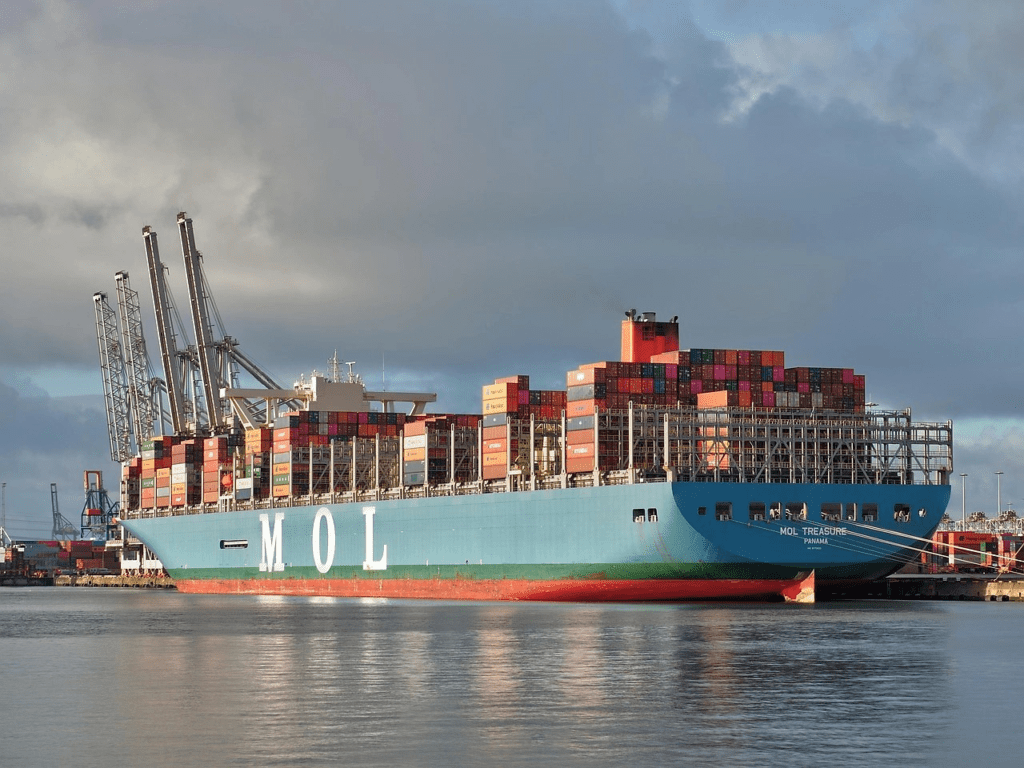U.S. consumers are now facing an effective tariff rate exceeding 20%, marking the highest levels seen since the early 1900s. According to a report by Reuters, this increase follows recent announcements by President Donald Trump regarding new import levies.
Read also: U.S. Imports to Dip Again as Tariff Uncertainty Returns, NRF Warns
The International Chamber of Commerce (ICC) has highlighted that current rates have already reached approximately 16%, the highest since the 1930s. The new tariffs include a 50% levy on copper and the potential for duties as high as 200% on pharmaceuticals. Andrew Wilson, Deputy Secretary General of the ICC, noted that financial markets have remained relatively calm in response to these developments, a stark contrast to the market reactions earlier this year.
Despite the apparent market stability, Wilson expressed concerns over the disconnect between the financial markets and the business community, which remains anxious about the direction of U.S. trade policy. This sentiment is echoed in the latest data from the IndexBox platform, which suggests that the U.S. market for imported goods could face significant disruptions if tariff rates continue to rise.
Investors have seemingly adjusted to a baseline tariff of 10%, although Trump has suggested that rates could climb to 20% for certain countries. The ICC believes the administration is testing the financial markets’ tolerance for increased tariffs, with the aim of maximizing revenue without triggering market panic.
U.S. Treasury Secretary Scott Bessent has indicated that tariffs have already generated approximately $100 billion in revenue, with expectations to reach $300 billion by year-end. The administration’s focus on tariffs as a revenue source underscores the ongoing trade tensions and their potential impact on global commerce.

